Gladiator Skulls?
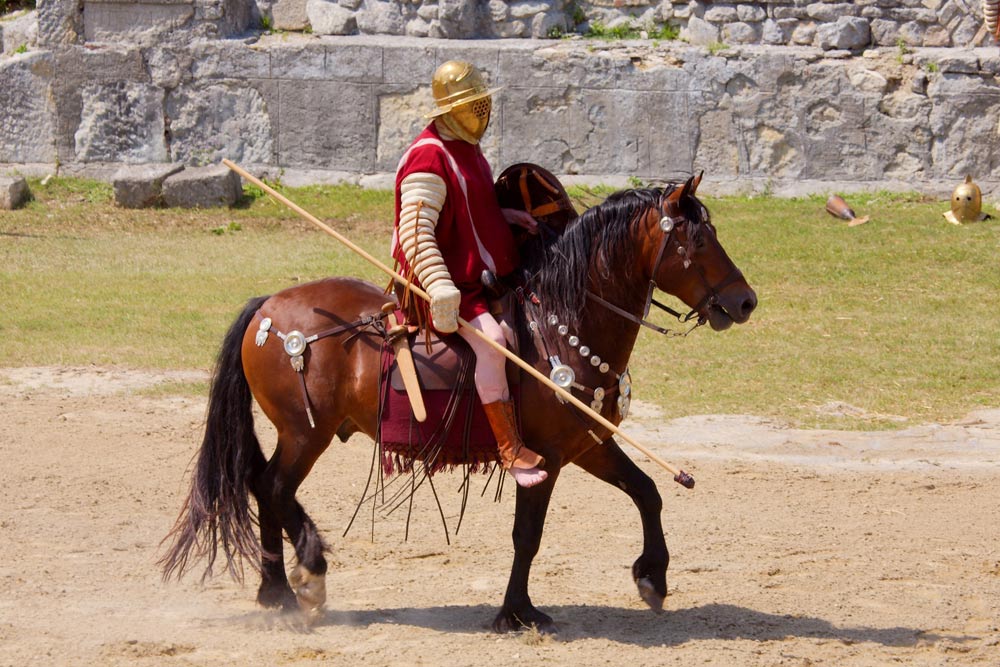
A January 2014 study in the Journal of Archaeological Science has found that a trove of skulls unearthed 25 years ago in Britain were likely from vanquished gladiators, war captives or criminals.
Skulls
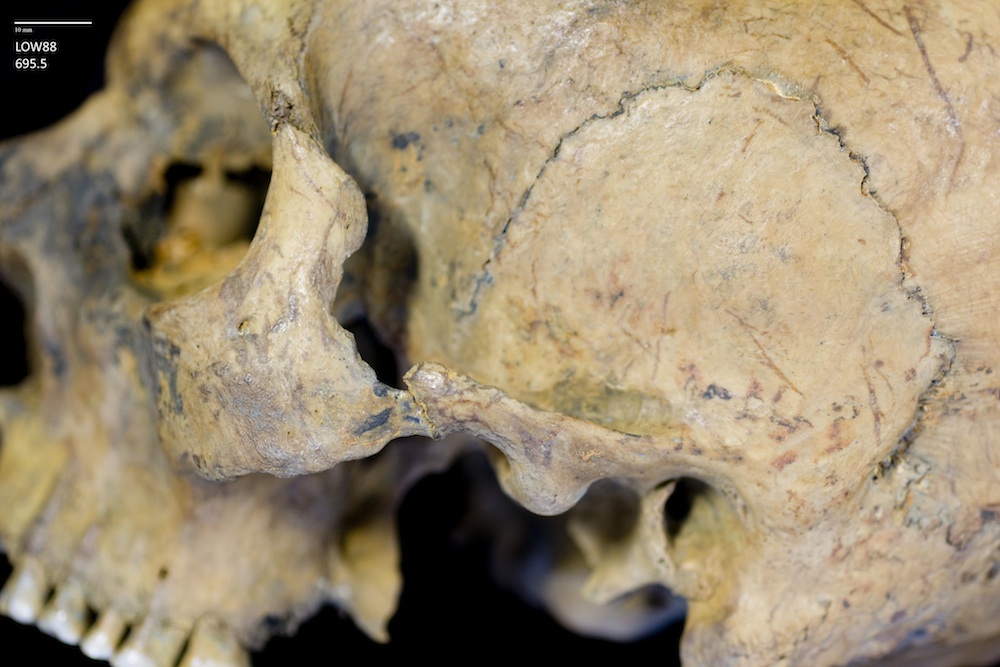
The skulls were excavated n the heart of London in 1988 prior to construction, but only analyzed recently. Most belonged to young males, and bore marks of violence, such as this skull, with its healed cheekbone fracture.
Jawbone
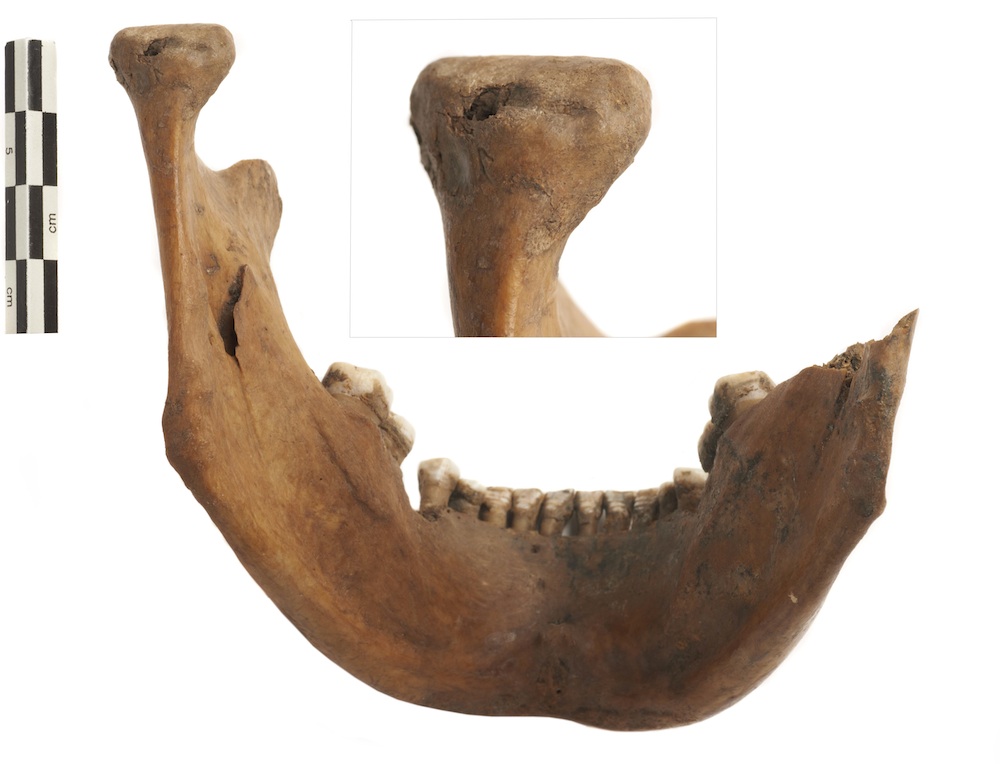
The jawbone of an adult male bore marks of dog gnawing, suggesting it was stored in an open pit
Blunt force trauma
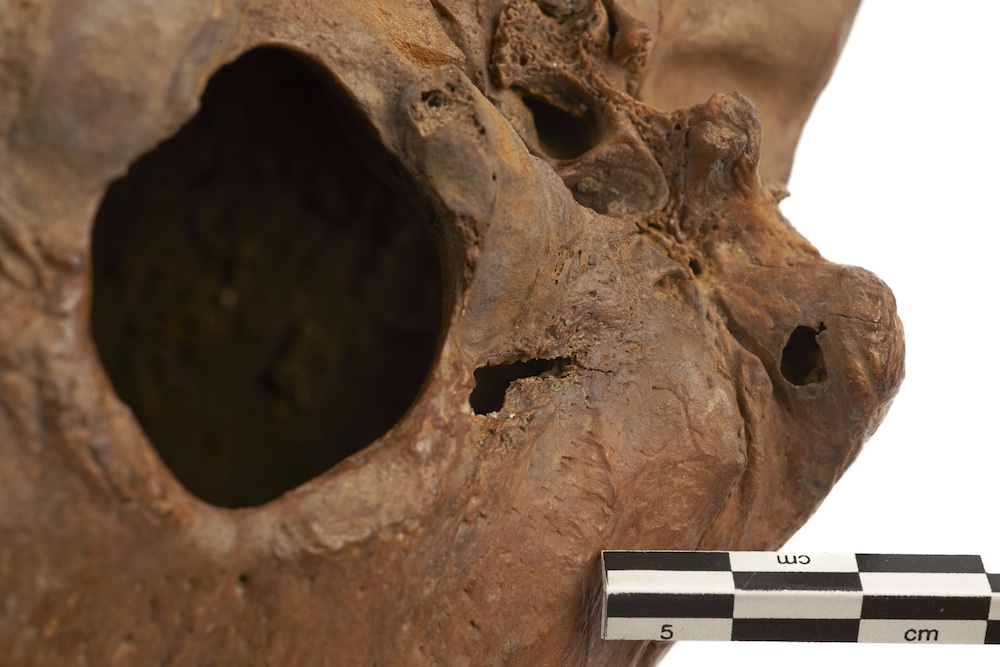
This skull bears evidence of a sharp force injury at the base of the head
Hadrian's heads
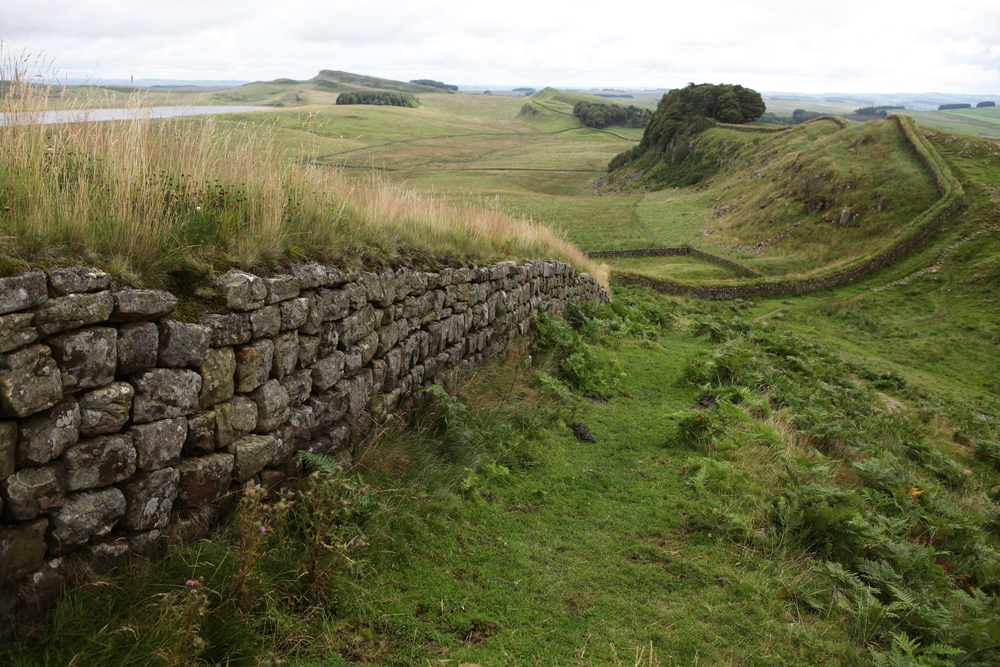
The skulls may have belonged to gladiators or criminals executed in a nearby amiptheater. But Roman soldiers also often took the heads of barbarians as "trophies" and displayed them publicly, in places such as Hadrian's Wall.
Other finds
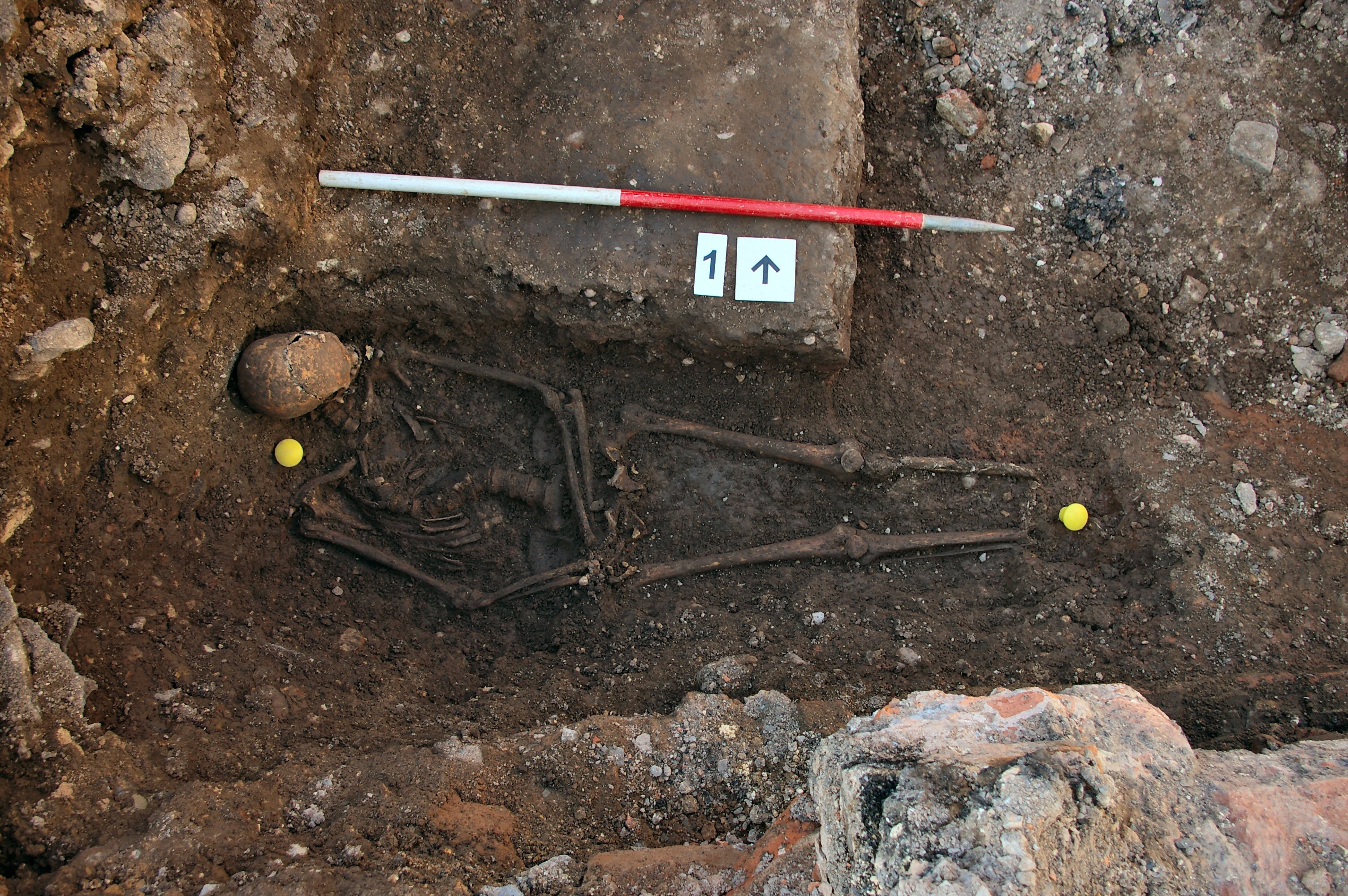
This isn't the only time that construction has yielded stunning archaeological finds in Britain: the remains of Richard III were found under a parking lot in Leicester.
York gladiators
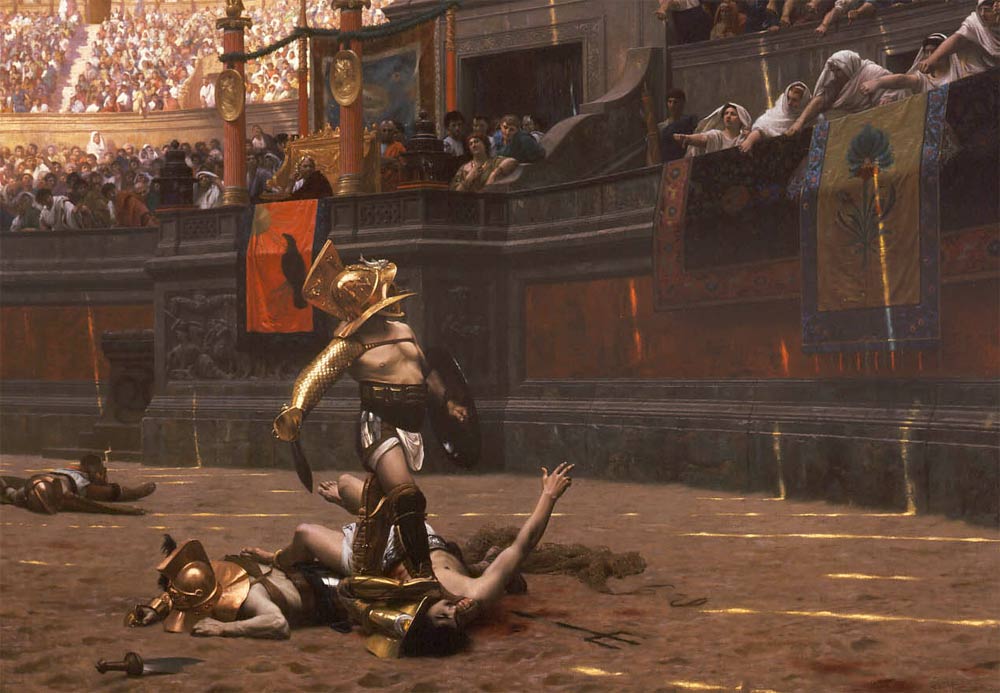
Other places in Britain suggest gladiatorial combat occurred. For instance, a cemetery in York seems to contain gladiator remains.
Get the world’s most fascinating discoveries delivered straight to your inbox.

Tia is the managing editor and was previously a senior writer for Live Science. Her work has appeared in Scientific American, Wired.com and other outlets. She holds a master's degree in bioengineering from the University of Washington, a graduate certificate in science writing from UC Santa Cruz and a bachelor's degree in mechanical engineering from the University of Texas at Austin. Tia was part of a team at the Milwaukee Journal Sentinel that published the Empty Cradles series on preterm births, which won multiple awards, including the 2012 Casey Medal for Meritorious Journalism.
